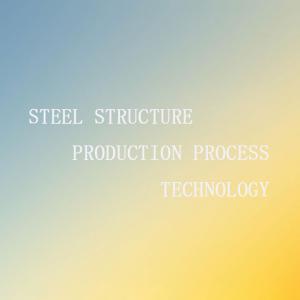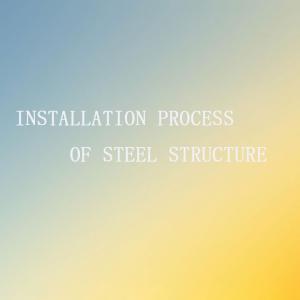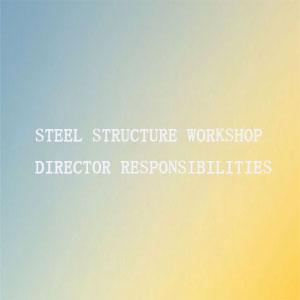Steel structure workshop self inspection record form
To ensure that every process and component is perfect, our meticulously crafted Steel structure workshop self inspection record form is your reliable quality guardian partner. The table must record in detail the basic information such as the entry batch, specifications, and appearance quality of the steel. The quality inspector holds a testing tool and strictly checks the hardness, flatness, and corrosion of the steel one by one according to the standards. Once a problem is found, it is immediately marked in the table and traced back to the source. Unqualified raw materials are rejected to ensure product quality from the source and prevent potential hazards caused by poor raw materials.Entering the cutting and processing stage, the self inspection record form is like a precise navigation device. It accurately presents the parameter settings for each cutting task, including key indicators such as cutting size and angle deviation. After completing the cutting, the operator immediately checks the table to ensure that the actual cutting results are within a very small range of error compared to the design blueprint. If a deviation is found to exceed the allowable value, the table will guide the quick tracing of the operation process, identify whether it is equipment failure or human negligence, correct it in a timely manner, track the problem until it is completely resolved, and ensure the smooth connection of subsequent assembly processes.
Welding, as a crucial step in the formation of steel structures, is of paramount importance in self inspection. The table must record each weld seam of the welding worker, as well as the corresponding parameter settings of the welding machine, and the appearance of the weld seam, including the fullness of the weld seam, the presence of pores and cracks, etc. Once internal defects are detected during flaw detection, the entire welding process can be traced back through a table to accurately locate the problematic links, whether the welding material is damp or the operation method is improper. Immediate rectification is carried out to prevent defective products from flowing into the next process, and the rectification effect is tracked to ensure stable and reliable welding quality.
During the assembly phase, the self inspection record form becomes the "baton" for precise assembly. It provides a detailed list of the assembly sequence of each component, the fastening situation of the connecting parts, and the dimensional verification data after assembly. According to the structural design, workers assemble and check against the table while strictly controlling key indicators such as component spacing and verticality. If there are assembly abnormalities, such as bolts not tightened, component misalignment, etc., the table helps to quickly identify the root cause of the problem, allocate manpower and material resources to correct errors in a timely manner, prevent overall structural stability problems, and continuously track assembly quality until a perfect end.
Coating protection is the last line of defense for steel structures to resist erosion and extend their lifespan. The self inspection record form meticulously records every detail of the painting process, from the cleanliness and roughness of surface treatment to the number and thickness of paint layers, ensuring that workers strictly follow standard procedures. After completing each part of the coating, self check according to the table to prevent problems such as uneven coating and weak adhesion, track the coating quality, and provide a sturdy protective coating for the steel structure.
The self inspection record form of the Steel structure workshop is not just a piece of paper, it is the intelligent center of quality control in the steel structure workshop, running through the entire production process, making each stage of self inspection systematic, problem traceable, and effective prevention.





